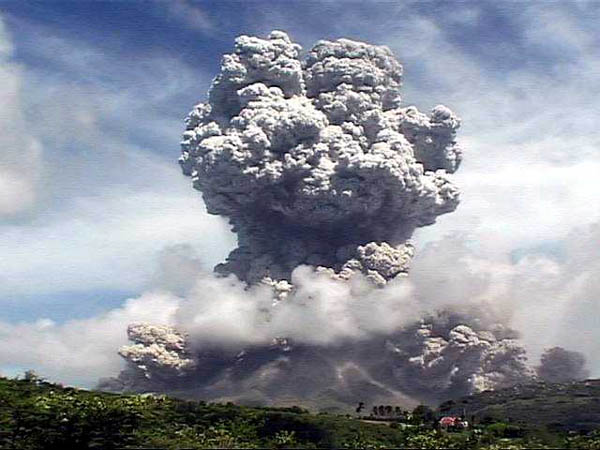A European supervolcano that erupted two thousand years ago is showing signs of new activity near Italy. When the volcano erupted two thousand years ago, an estimated 1,500 people near the Roman city of Pompeii were smothered in bouts of lava and dark clouds of ash. Mount Vesuvius has lain dormant for far too long. According to experts, it’s beginning to show signs of “reawakening.” If it were to go today, hundreds of thousands, possibly millions of people would be affected. The name of the supervolcano today is Campi Flegrei. It waits under Naples in Italy. If it went off, black ash clouds could block out the sun for months.
Dr. Luca De Siena is a Geophysics professor at the University of Aberdeen. He has been leading research on the supervolcano and following it’s activity. The last time Campi Flegrei erupted was in 1538. This was a small eruption event. After eight days of spewing lava and billowing out black clouds, a new mountain, Monte Nuovo, was formed. New activity reported in the area suggests that another small eruption could be up and coming. There’s also the threat of a big event, like the one that occurred two thousand years ago during Roman times.
(Read the rest of the story here…)
